
Sheet metal stamping is a widely used metal processing technology in the manufacturing industry, where sheet metal is shaped into desired forms using dies and punches. This process involves applying pressure to a metal plate with a die on a punching machine, causing plastic deformation to achieve a predetermined shape or structure. Metal stamping is particularly effective for mass-producing a variety of complex parts.
As a cold-forming technology, sheet metal stamping is compatible with various materials, including stainless steel, low and high-carbon steel, aluminum, brass, and copper. The stamping process often combines multiple cutting and forming techniques—such as bending, punching, embossing, and flanging—to efficiently create intricate parts.
Metal stamping is cost-effective due to its speed and reduced tooling requirements, which translate to less labor time and lower maintenance costs for stamping die. However, one drawback is the higher initial investment for the stamping press. Additionally, if design changes are required during production, replacing the mold can be challenging.
Starway specializes in manufacturing custom metal stamping parts from a wide range of materials, including copper, brass, stainless steel, aluminum, and steel alloys. Our stamped parts are produced to strict tolerances. We pride ourselves on offering some of the most competitive lead times in the industry, typically ranging from 3 to 7 days.If you require our metal stamping services,
We operate a variety of stamping machines with different tonnages, including 16 tons, 40 tons, 63 tons, 80 tons, 120 tons, 200 tons, and 400 tons, allowing us to meet diverse production needs. This flexibility enables us to handle projects ranging from small batches to large-scale production while ensuring product quality and precision. With 11 years of industry experience, our engineers and sales staff personally review and manually quote each metal stamping project. This personalized approach ensures we meet your unique custom needs while providing valuable insights into the stamping process. In the following section, you'll find additional information about stamping and our key features.
The stamping process can significantly improve efficiency through high speed and mass production, especially for high volume production.
The design and manufacturing of the mold determines the dimensional accuracy and shape of the product, and the stamped product usually has a high dimensional consistency.
In the stamping process, the waste of metal materials is less, and the plate can be cut reasonably, reducing waste and reducing costs.
Can process a variety of metal materials, including steel, aluminum, copper, stainless steel, etc., a wide range of applications.
Its main feature is that it can efficiently process metal sheets into various shapes, such as LIDS, shells, brackets, and so on. This processing method can ensure that the processed products have high precision, smooth surface, stable size, and can complete a large number of production tasks in a short time.
Sheet metal stamping processing is essential in large-scale production, saving time and costs and improving production efficiency.
Due to the use of sheet metal in the stamping process, the use of materials is more efficient and there is less waste.
In mass production, the single piece processing speed of the stamping process is fast, suitable for assembly line operation.
suitable for a variety of metal materials and a variety of parts manufacturing, a wide range of applications.
Because sheet metal stamping processing does not require welding and splicing processes, it can avoid some defects and quality problems caused by welding and splicing and improve the reliability and safety of the product.
Obtain An Instant Quote by uploading a 3D CAD file (including STEP, STP, SLDPRT, DXF, IPT, PRT, or SAT formats) through our Instant Quoting Engine.
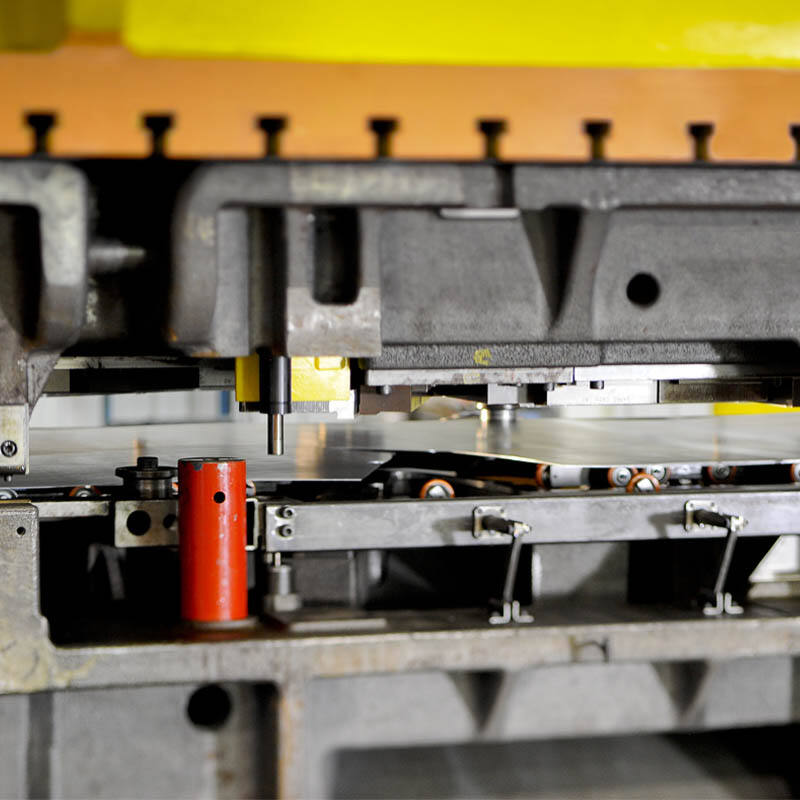
The original bulk metal raw materials are cut into the shape and size required for process processing, making processing more convenient.
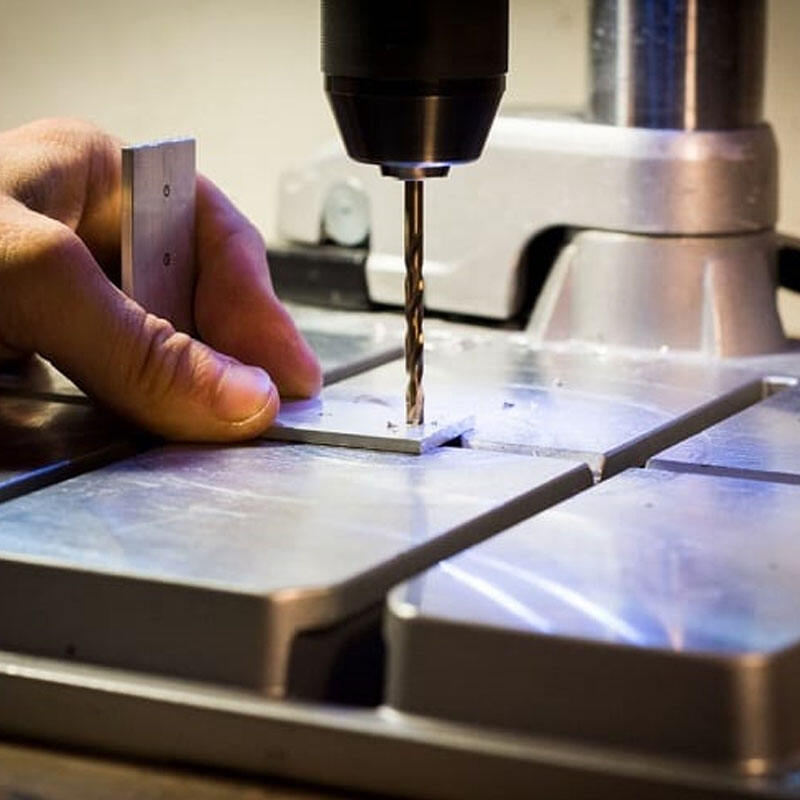
This process is to fine the holes on the sheet metal to be processed according to the specified size and custom shape of the stamping.

The sheet metal is bent into the desired shape according to the custom requirements using a specific mold.
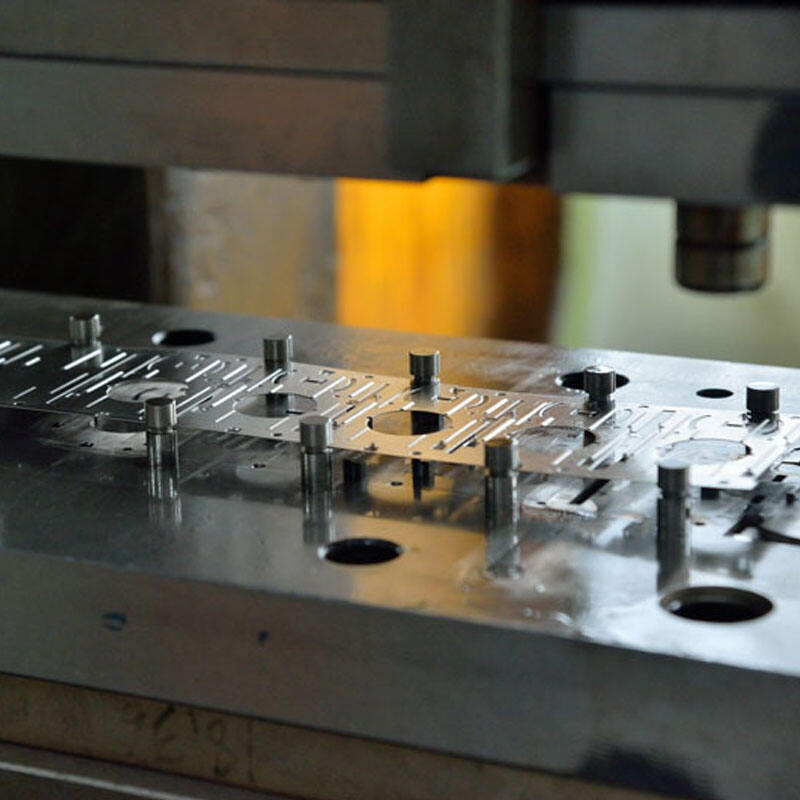
Metal sheets are placed in specific sheet metal tooling to create grooves or convex to meet specific custom needs.

The process involves sequentially pressing metal sheets into specific molds to create deep or convex cavities for customization and subsequent processing.

This process is to punch and cut the metal plate at the same time, which can complete multiple operations in one step, which can greatly improve the efficiency of processing.
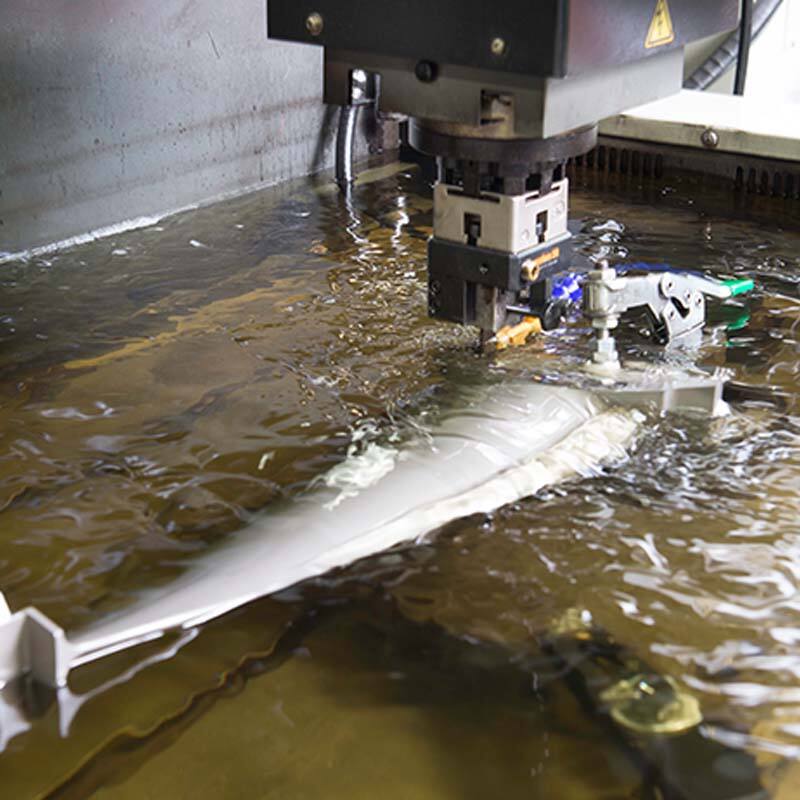
This process is to punch holes in a sheet of metal and it is able to make a series of regular holes or patterns in the sheet of metal.

Fixing metal sheets on spinning molds and shaping them into desired forms under pressure.








Materials commonly used for sheet metal stamping usually have good plasticity and strength, and can produce ideal deformation under pressure without breaking or producing serious defects. Starway sheet metal stamping process materials and characteristics.
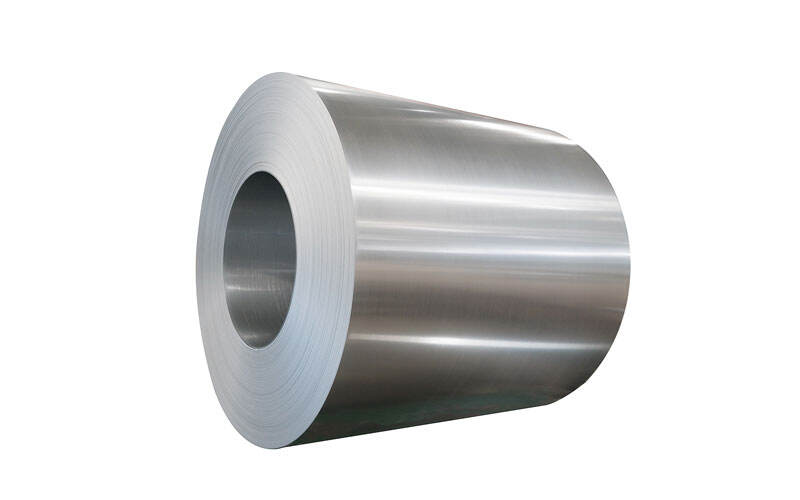
The carbon content of low carbon steel is generally between 0.05% and 0.25%, with good ductility, moderate strength, excellent molding performance and low processing cost. Because of its low price and easy stamping, low carbon steel is widely used in automobile body, home appliance shell, construction metal parts and so on.
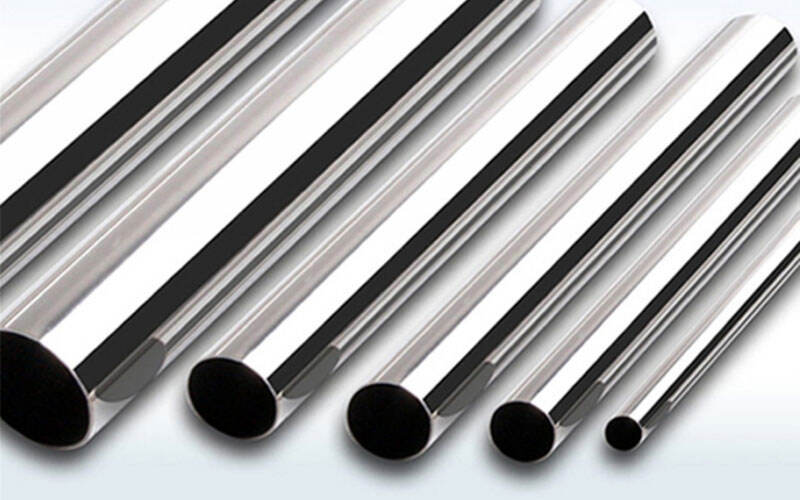
Stainless steel is known for its excellent corrosion resistance, high strength, and hardness, as well as good high-temperature performance. Common types include 304 and 316. It is suitable for producing kitchenware, medical equipment, and architectural components.However, it has some drawbacks: work hardening can occur during processing, leading to faster mold wear and more challenging machining.
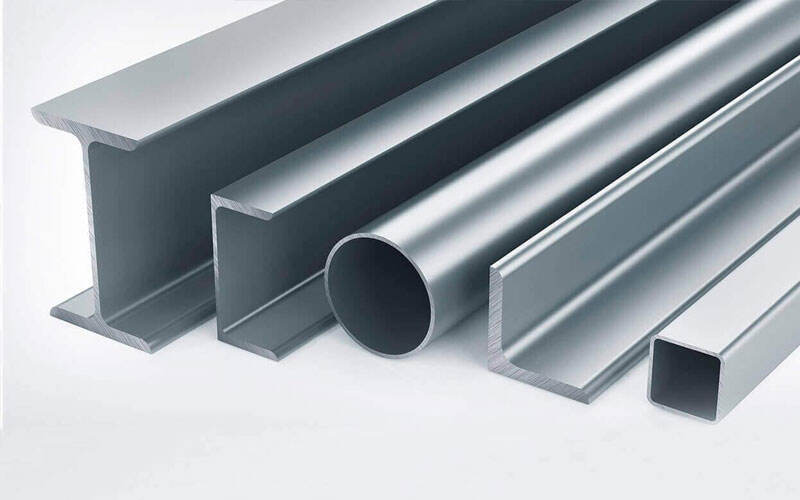
Aluminum and its alloys are lightweight, offer good thermal and electrical conductivity, and possess excellent corrosion resistance. Common types include 6061, 5052, and 7075. It is often used in manufacturing aerospace components, automotive body panels, and electronic product enclosures. However, they do have some disadvantages: lower hardness, easy to scratch, and higher requirements for mold design.
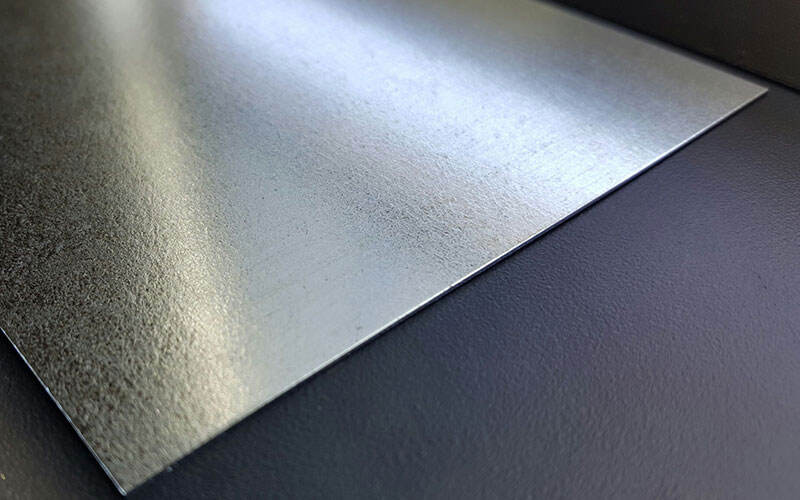
A galvanized steel plate has a zinc coating on regular steel to improve corrosion resistance and create a smooth surface. It is frequently used in outdoor equipment, pipelines, and structural construction. However, the coating can be damaged during processing, potentially compromising its anti-corrosion properties.
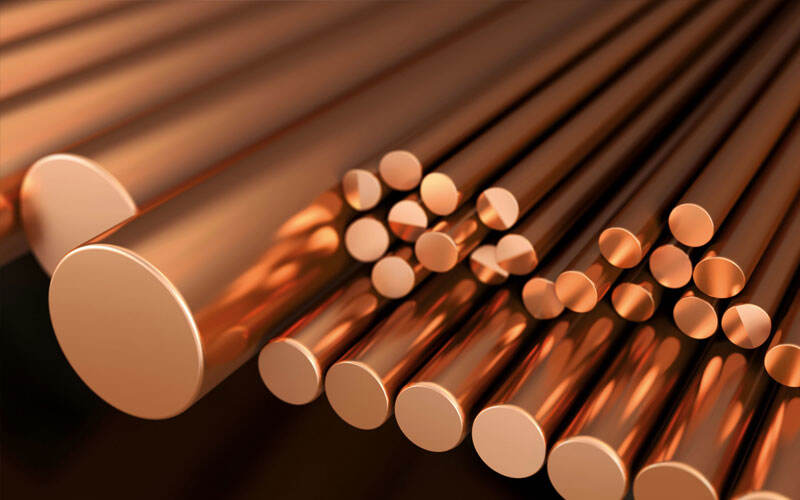
Copper and its alloys, such as brass and bronze, are known for their excellent electrical and thermal conductivity, corrosion resistance, and good plasticity, making them easy to press and form. It is commonly used in manufacturing electronic components, communication equipment, and decorative items. However, they have some drawbacks, including high cost and a tendency to oxidize and discolor.
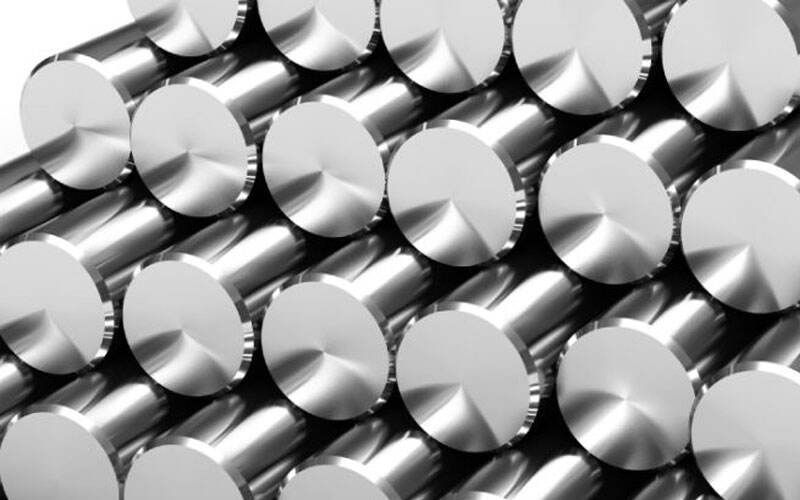
Steel with specific chemical compositions and mechanical properties, suitable for producing high-strength parts and wear-resistant components.However, it tends to be more expensive and can be more challenging to process.
In sheet metal stamping process, choosing the right material is very important, Starway recommends that if you need to sheet metal stamping process to consider the following aspects:
1.Plasticity of the material: The material must have good plasticity in order to deform during the stamping process without breaking.
2.Strength and hardness: the strength of the selected material should be suitable for the use of the product environment; Excessive strength may increase the wear and machining difficulty of the mold.
3.Corrosion resistance: For parts that require corrosion resistance, corrosion resistant materials such as stainless steel, aluminum alloy or galvanized steel are usually selected.
4.Economy: Material cost is also an important factor in the selection, under the premise of meeting the performance needs, try to choose cost-effective materials.
Most sheet metal material types can be cut using stamping or laser cutting techniques, but the thickness range varies. The loss caused by materials is also different, please refer to the following list:
| Aluminum 5052-H32: | thicknesses from 0.040 in.-0.250 in. (1.016mm-6.35mm) |
| Aluminum 6061-T651: | thicknesses from 0.040 in.-0.250 in. (1.016mm-6.35mm) |
| Aluminum 6061 | suitable for profile/perimeter punching but is not eligible for formed features. |
| Low Carbon Steel CR 1008: | thicknesses from 0.036 in.-0.119 in. (0.914mm- 3.023mm) |
| CR Galvanized: | thicknesses from 0.036 in.-0.119 in. (0.914mm- 3.023mm) |
| CR Galvannealed: | thicknesses from 0.036 in.-0.119 in. (0.914mm- 3.023mm) |
| Copper C101, C110: | thicknesses from 0.040 in.-0.125 in. (1.016mm-3.175mm) |
| Brass C260: | thicknesses from 0.040 in.-0.125 in. (1.016mm-3.175mm) |
| Stainless Steel304/304L, 316/316L: | thicknesses from 0.036 in.-0.074 in. (0.914mm-1.88mm) |
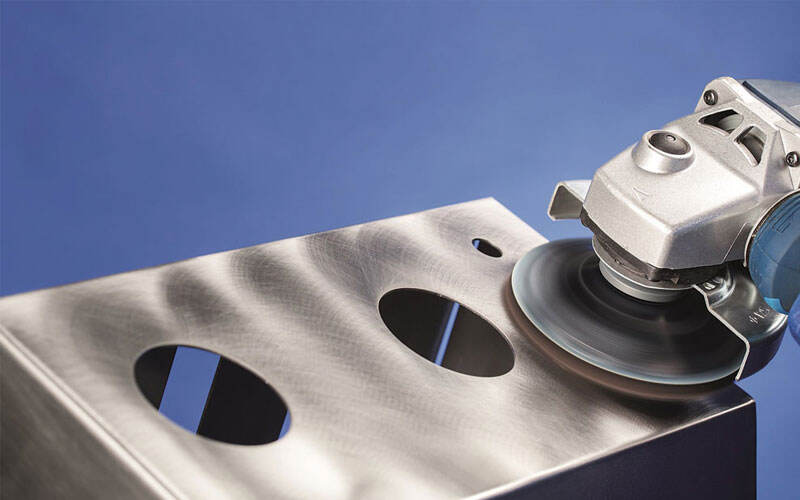
Improving the smoothness and appearance of the metal surface through grinding and polishing techniques.
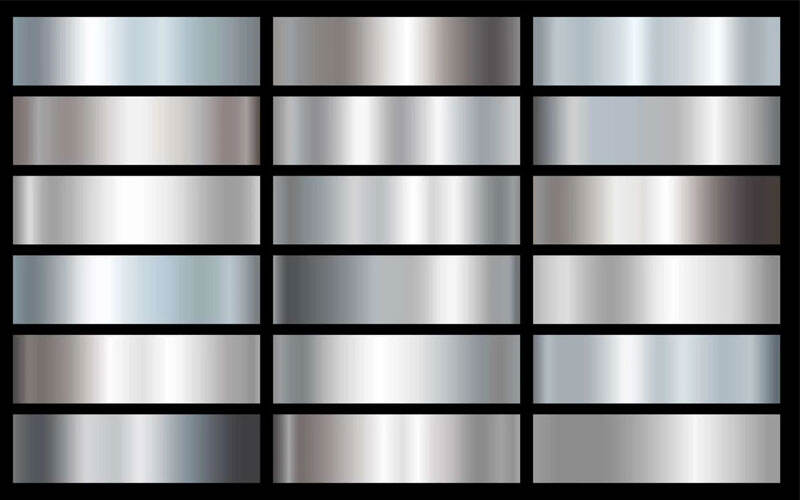
Including electroplating, galvanizing, chromium plating, etc., depositing another metal or alloy onto the metal surface to enhance its properties or appearance.
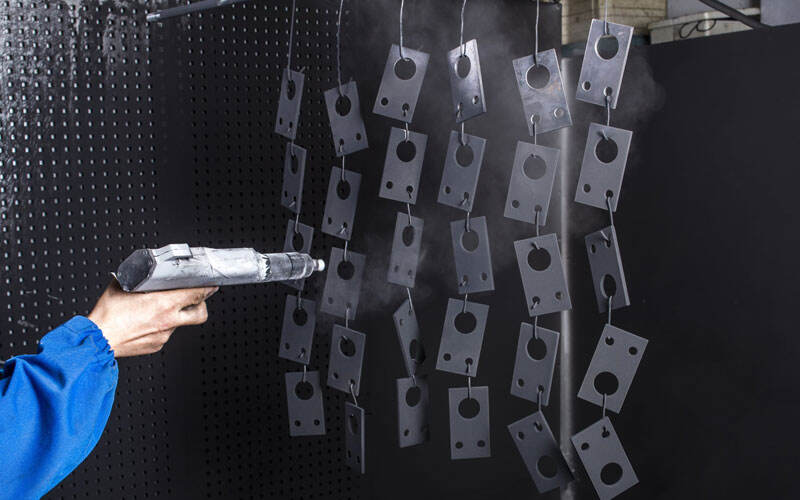
Applying protective or decorative coatings using spray painting techniques.
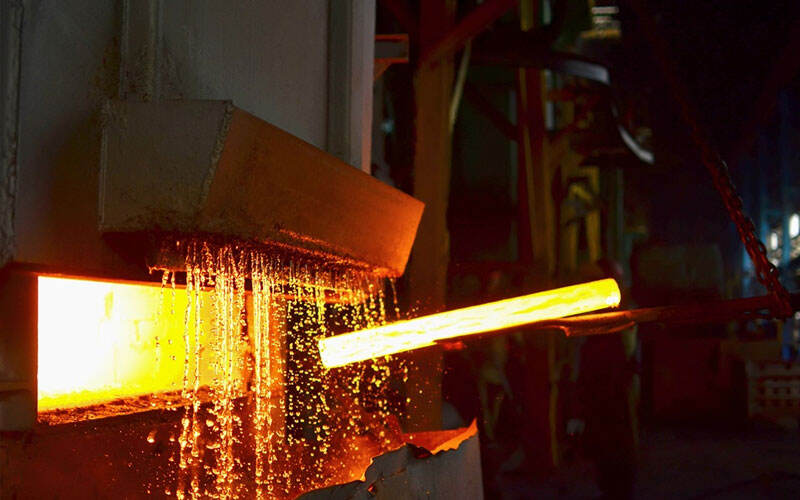
Changing the structure and properties of the metal by heating and cooling, such as quenching, tempering, etc.
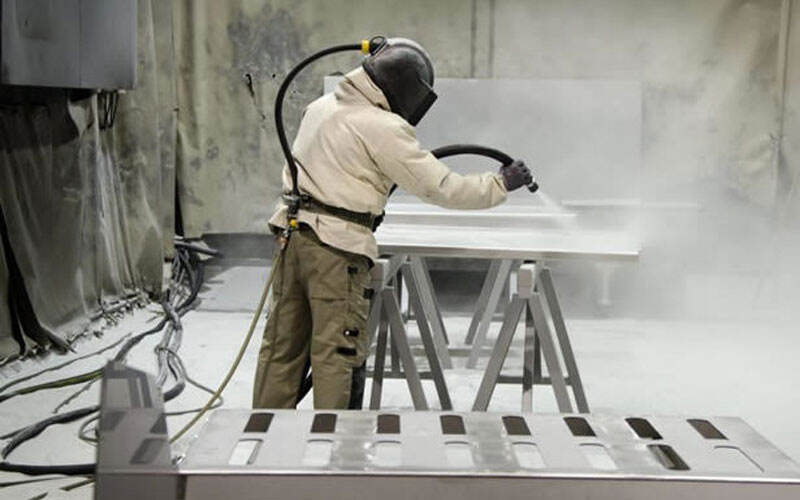
Changing the structure and properties of the metal by heating and cooling, such as quenching, tempering, etc.
